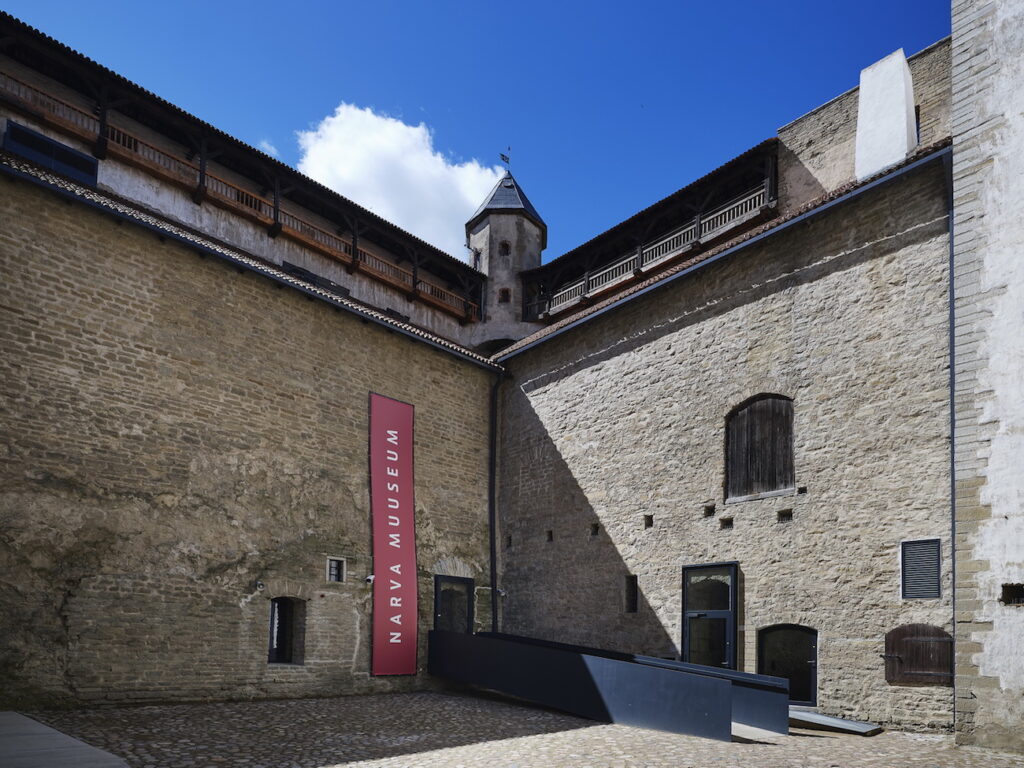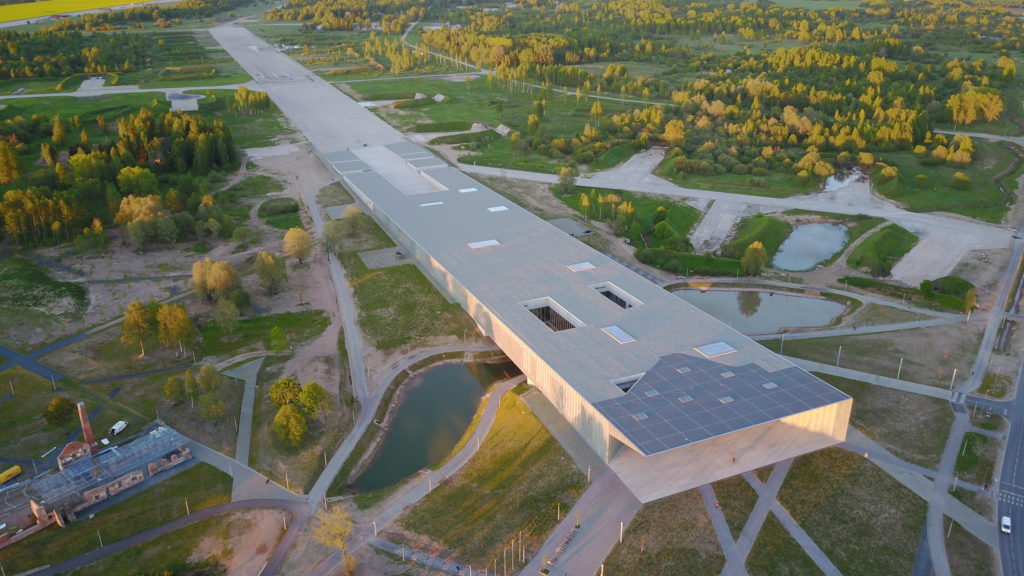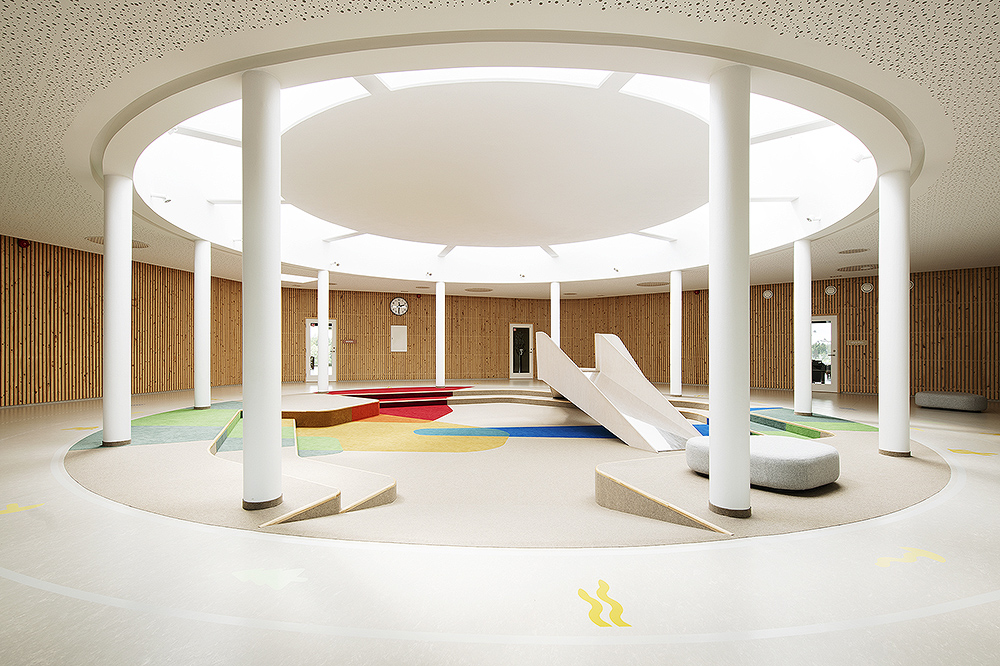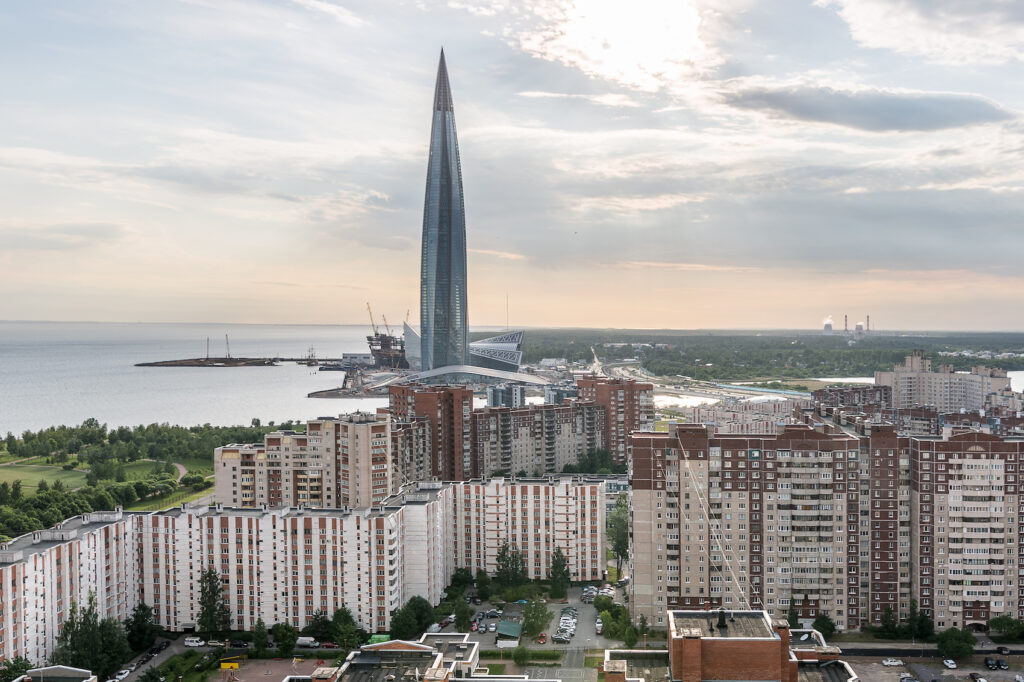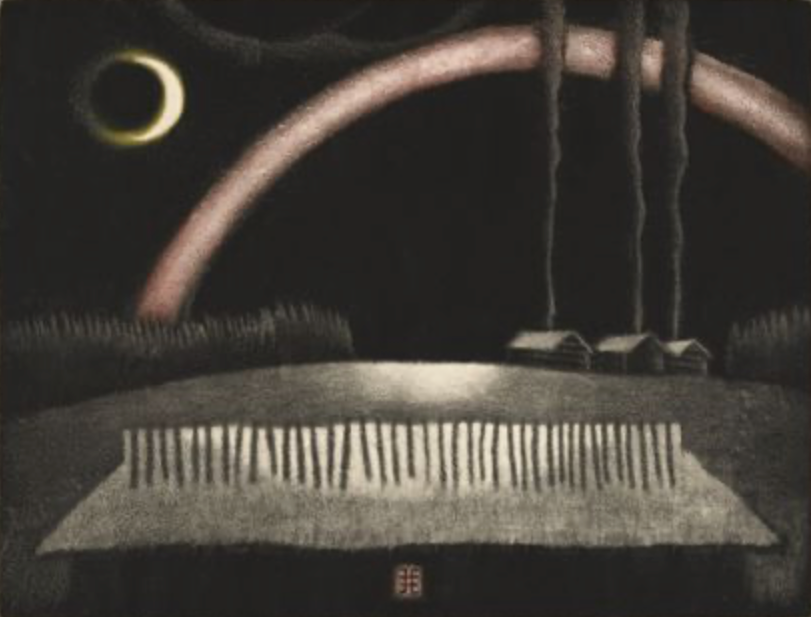ARCHITECTURE
Rather than exhibiting objects and asking questions, the contemporary museum has become a place for experiences requiring submission to the logic of storytelling. Triin Ojari considers how the reconstructed Narva Castle relates to history and providing experiences.
Andres Sevtsuk is a Professor of Urban Science and Planning at the Department of Urban Studies and Planning at MIT, where he also leads the City Form Lab. Maroš Krivý is a professor of Urban Studies at the Estonian Academy of Arts.They shared their insights on current state and challenges of Estonian architecture.
Several public buildings that form functional miniature ecologies, impacting our human qualities and sense of proportion through their scale, have been erected in Purtse and Palamuse.
What would an architectural journal be without photos to explicate architectural space? Can a photo be more revealing and polyvalent than the architecture it conveys?
There is no way to describe the current state of Latvian architecture without at least mentioning the so-called “large cultural buildings”. During the last decade, these have been the words constantly repeated by ministers, city mayors, directors of cultural institutions, and the media.
Tarja Nurmi gives an overview of the current state of Finnish architecture and introduces the most outstanding buildings of recent years. Finland, excelled in public buildings, is now facing the challenge of housing.
The city of St Petersburg, the largest metropolis in Northern Europe, is growing rapidly. But the architectural quality of the latest developments is rarely comparable with historical heritage. Can the cultural capital of Russia ever prove its nickname in the field of the art of construction?
What can barn-dwelling architecture teach us today?
Careful homework on selecting the location for Suure-Jaani health centre, the wise decisions made by the local government as well as drawing together a number of public functions have provided the means for the emergence of very good architecture and the future town centre of Suure-Jaani.
Architect Leonhard Lapin, 1977.
Postitused otsas
ARCHITECTURE AWARDS


